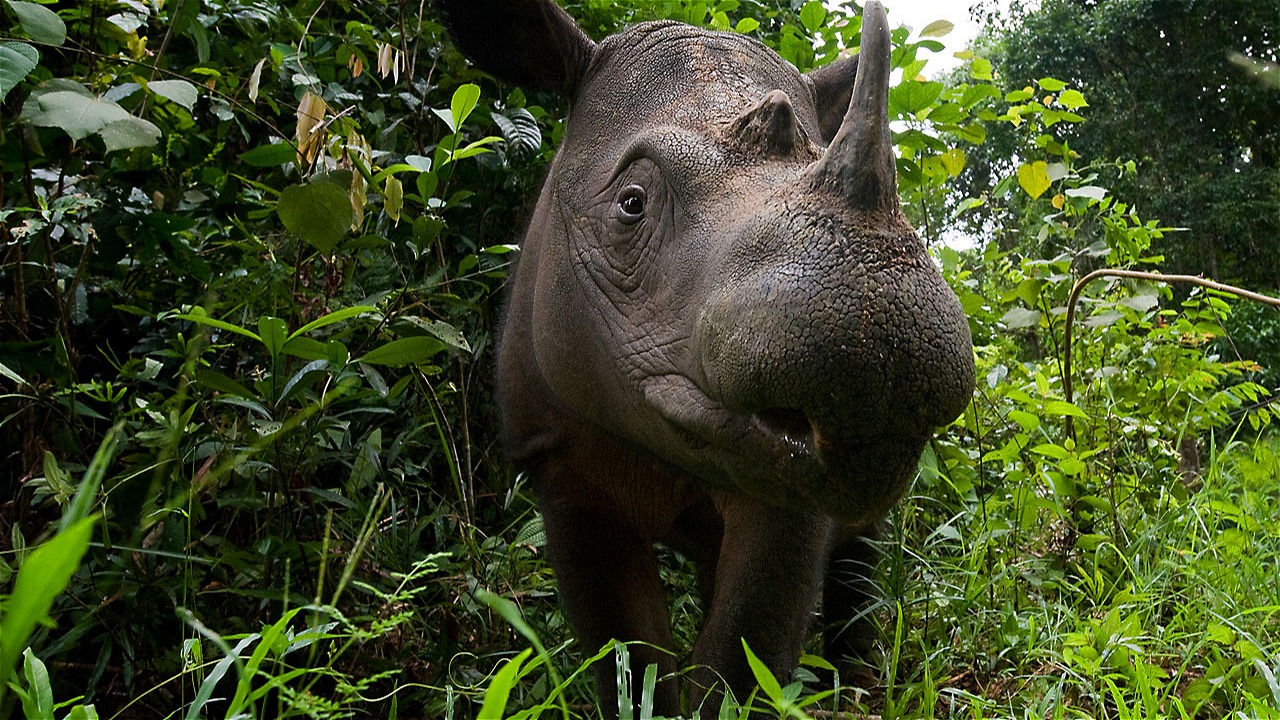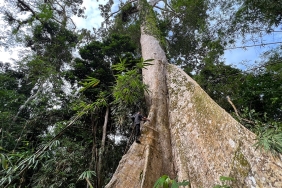WWF AND LIPI UTILIZE DNA BARCODING RESEARCH FOR RHINO DNA ANALYSIS
By: Hijrah Nasir
One of the key species that WWF Indonesia focuses on is the Sumatran rhino with the largest population in Sumatra and a small population in Sabah and Peninsular Malaysia. Various efforts are made to save the Sumatran rhino from extinction. One of them is working in Bukit Barisan National Park, which has been an important conservation area for Sumatran rhinos. Efforts that have been made by WWF Indonesia are surveys and monitoring of camera traps, SMART Patrol, DNA analysis through rhino feces, and training in wildlife poaching investigation.
The alarming fact is that of the 104 camera traps installed in the BBS NP area from 2012 to 2016, only 2 individual Sumatran rhinos were caught on camera. This evidence strengthens the allegation that the Sumatran rhino population in Bukit Barisan Selatan National Park is on the verge of extinction.
For this reason, WWF Indonesia in collaboration with the Indonesian Institute of Sciences (LIPI) and the Indonesian Rhino Foundation (YABI) as well as the Way Kambas National Park Center conducted training on water sampling in rhino burrows. This activity took place from December 16-17, 2016 in the SRS (Sumatran Rhino Sanctuary) area, Way Kambas National Park, Lampung. The Rhino Protection Unit monitoring team, keepers, and veterinarians from YABI and members of the WWF Indonesia monitoring team attended the training. The purpose of this training is to analyze rhino DNA by collecting and uniting materials scattered in nature, such as loose skin particles or other parts through water media in rhino puddles using DNA barcoding research.
"DNA species analysis with meta barcoding is the first time done in Indonesia. The condition of the puddle, description of the sampling location, evidence of the presence of other animals, and some other supporting information will also help the analysis process. In the future, we hope this approach can help advance research related to animal DNA, including endangered animals such as rhinos." said Mochammad Samsul Zein, a researcher from LIPI.
Project Leader of WWF BBS Lampung, Yob Charles said that the selection of the rhino puddle water sampling location in Way Kambas National Park was to track the presence of rhino DNA in the puddle in Sumatran Rhino Sanctuary as an initial comparison if they wanted to conduct similar analysis in other places where Sumatran rhinos are present. Furthermore, water sampling in rhino puddles will also be carried out in the TNBBS area.
The reduction of rhino habitat as a result of forest encroachment and poaching and its existence which is scattered in small sub-populations is a serious threat that leads the Sumatran rhino to extinction. So collaboration from various parties in supporting conservation efforts, both in the form of research and efforts to minimize threats to rhino habitat, is mandatory. Don't let the Sumatran rhino disappear from the land of Sumatra.





